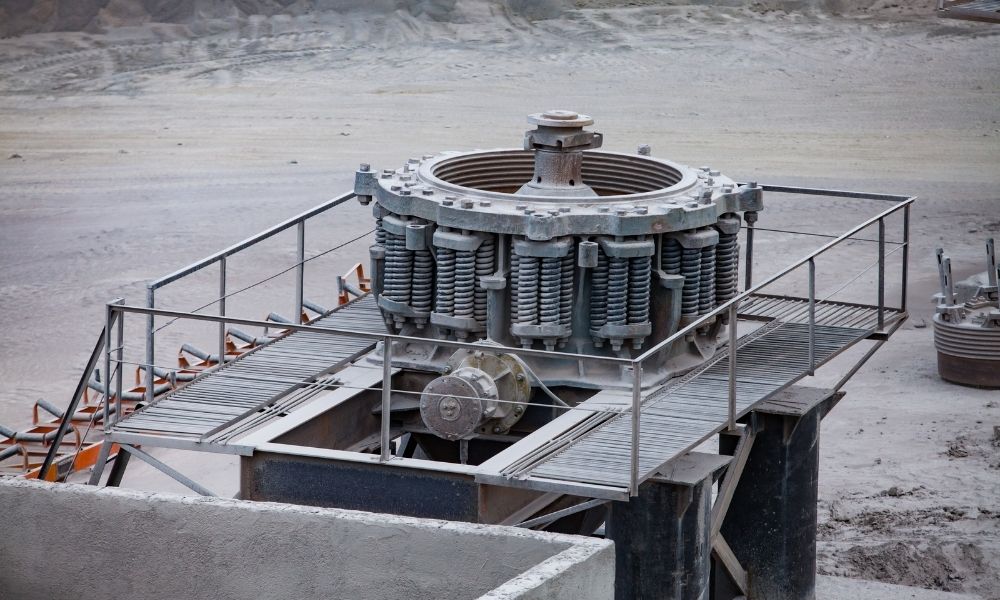Over a century ago, engineers developed Cone Crusher liners. These machines provide tertiary, quaternary, and secondary material reduction. Each one features a crushing chamber where it breaks rocks into smaller pieces. You may have difficulty figuring out how to select Cone Crusher liners and when to change them. We’re going to break things down for you.
How To Choose
The feed is the most crucial factor to consider when choosing a Cone Crusher liner. The Cone Crusher liner should have a well-graded feed flowing into the crushing chamber. This generally consists of:
- 90 to 100 percent passing the closed-side feed opening
- 40 to 60 percent going through the midpoint
- 0 to 10 percent leaving the closed-side setting
Match the entire feed gradation and not only the feed shape. You want to utilize the whole chamber. Doing so will allow for the desired output and required reduction.
You want to avoid a cavity opening that’s too large relative to the top feed size. To prevent improper bearing alignment, be aware of a feed size that’s too small. Also, avoid crushing in the lowest portion of the cavity. The bottom of the liner will wear away quicker than the top.
Understanding the gradation entering the crusher will help you pick the correct liner necessary to conquer your production goals.
When To Change
Liners that pass their intended operating life will trigger mechanical troubles with the crusher. There are a few indications to look out that signal it’s time to change the liner.
Liner Thickness
If the liner is wearing down evenly, consider changing it when it’s only 1 inch or 2.5 centimeters thick at the bottom. If you continue to use it after it reaches this thickness, the liner will begin to crack, and the backing material will start to disintegrate.
Production Level
If you notice a 10-percent drop in production levels or more, that’s a good clue that you need to change your Cone Crusher liners.
Your liners may come with an automatic liner reminder to prevent the guessing game.
Now you know how to select Cone Crusher liners and when to change them. Don’t forget to conduct regularly scheduled maintenance to get the most out of your liner.

